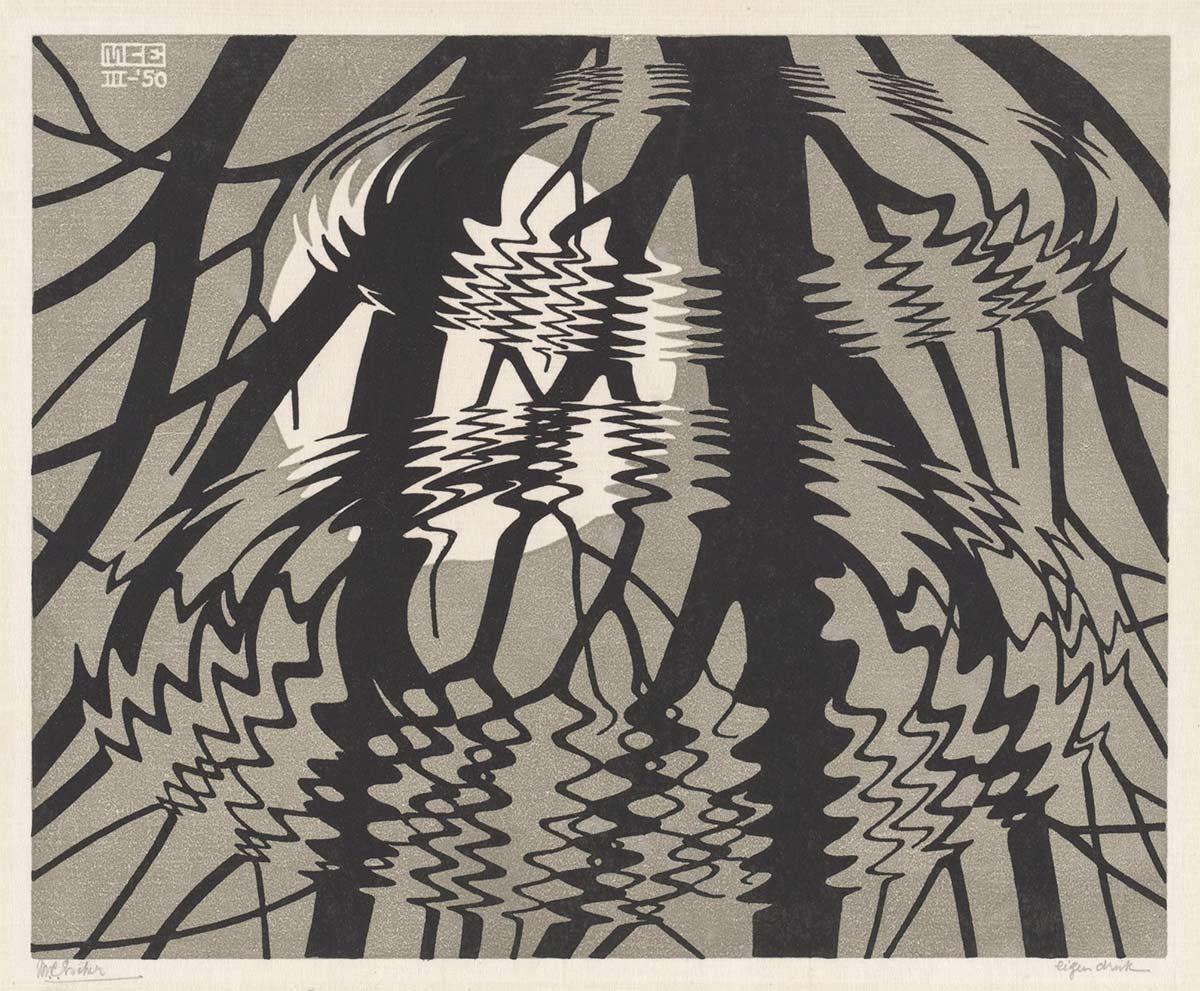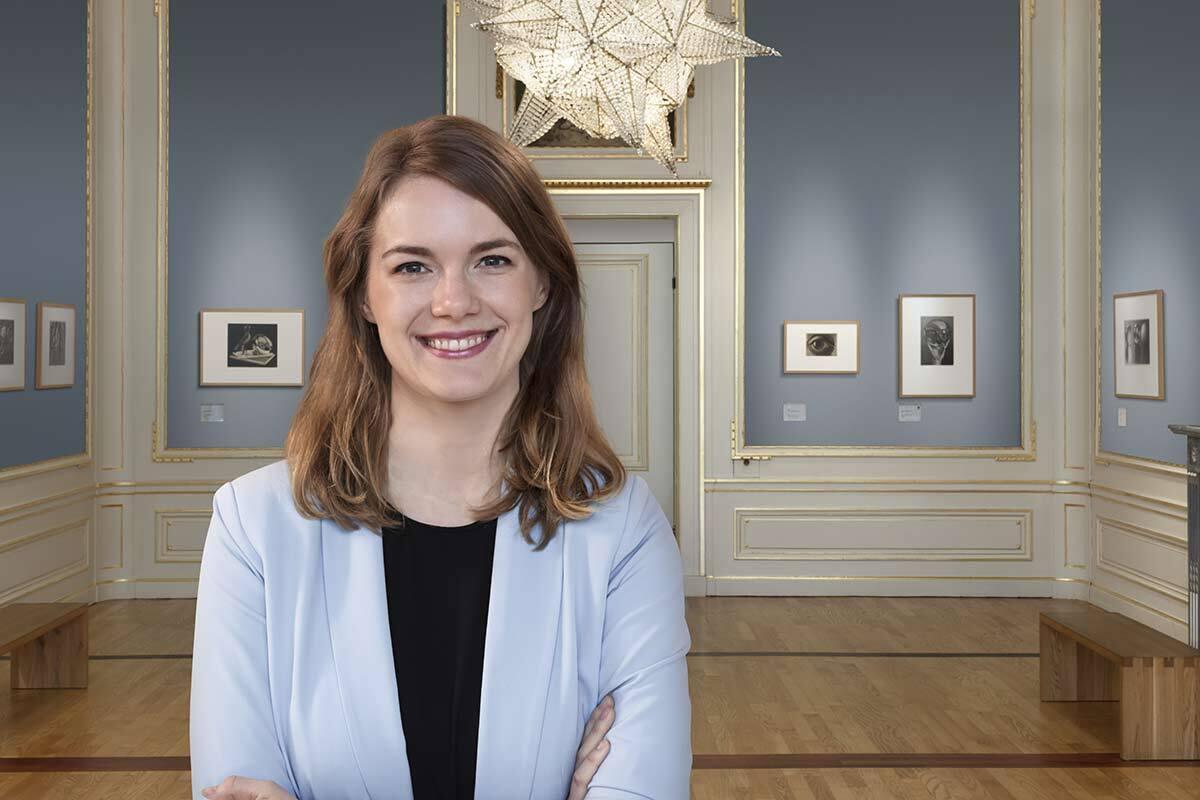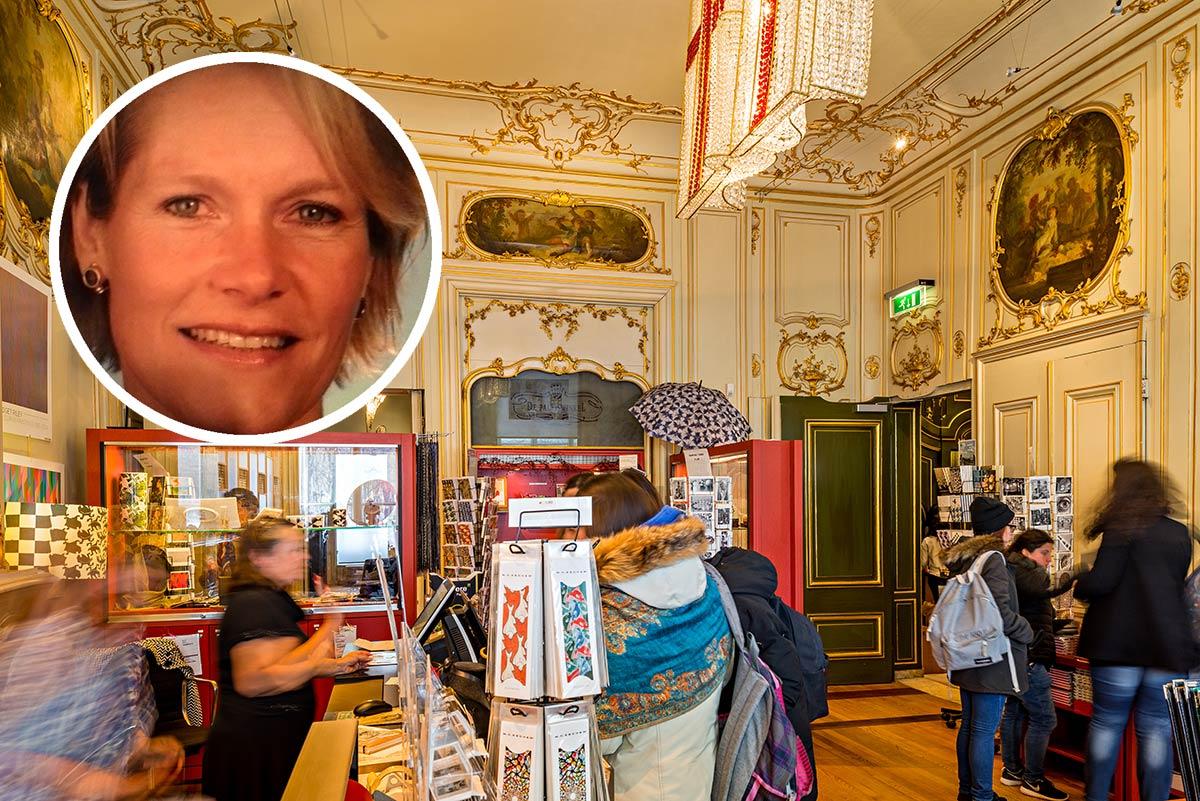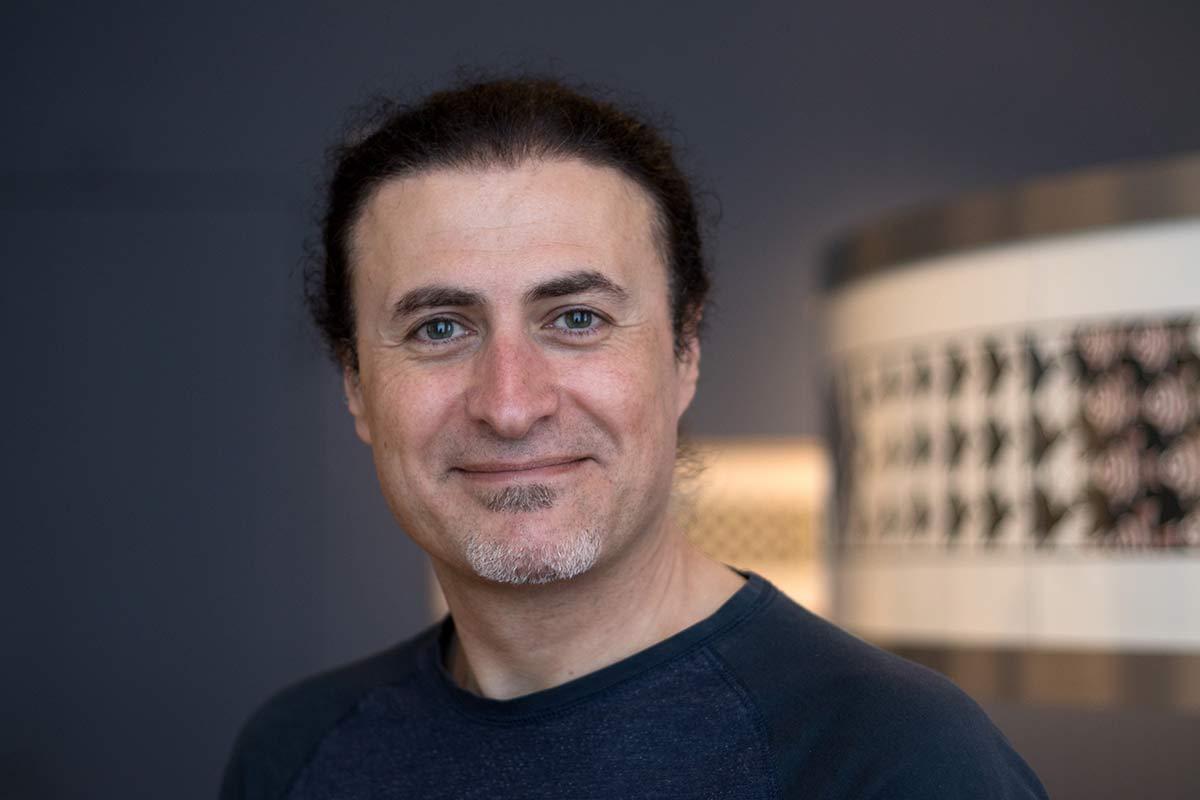
After being trained as a printmaker himself and supplying the print-work for the Royal Family for a large part of his life, building manager Andre van Lobenstein ended up at Escher in The Palace. You can hardly imagine a better match.
Building manager André van Lobenstein
What exactly do you do at Escher in The Palace?
My name is André van Lobenstein and I’m the building manager. The name says it all: I manage the building. I want to know about everything that takes place in the palace: renovations, changes, who is present in the building, etc. I am the contact person for both the public and staff. In the morning, I am the first to arrive and, in the evening, the last one to leave. Since people also have meetings or dinner in the palace, I sometimes have to stay until late in the evening. Fortunately, Escher in The Palace has two other building managers, Paul and Peter. So, if I have to work a late shift, I get to sleep in the next day.
How did you end up at Escher in The Palace?
I have been printing for the royal family for much of my life. We have printed invitations, programme booklets and tickets for them. I personally designed and printed everything. When Juliana was queen, I had a lot of contact with the royal family. At home, I have boxes full of pictures from that time, including ones with Juliana, the court ladies and Noordeinde Palace. Under Beatrix, Noordeinde Palace underwent renovations and, during this time, she lived temporarily at the palace on Lange Voorhout. That's when I first came here. I never thought I would end up working here for so many years. After I retired as a printer, which was celebrated with a lovely retirement party and even a Royal Award, I immediately became bored. I am not one to sit at home all day. So when the position of building manager became vacant a year later, I thought "That's the job for me!". That was back in 2007 and they’ll have to drag me out kicking and screaming. I love it here.
What is your favourite Escher artwork?
I particularly enjoy several works, such as Metamorphosis III (1967-1968), which hung in the post office around the corner from my print shop, and Predestination (Topsy-Turvy World) (1951). I also studied printmaking myself. We had to draw works by Escher, so I became intimately familiar with his techniques. I grew up with his work as it were. However, I am most impressed by Rippled Surface (1950). It is a very skilful linoleum cut. I think it is extremely clever how he created this and I respect the effort. It really makes you think. Escher was, of course, an insanely good graphic artist who mastered the technique exceptionally well. Nowadays, people don't always realise how incredibly difficult it is and how much work went into his prints.

MC. Escher, Rippled surface, linoleum cut in black and gray brown, printed from two blocks, 1950
What do you enjoy most about your job?
The fact is, until my retirement, I had quite a stressful job. As a young man, I had to help with everything from printing to delivery for the print shop, before later becoming manager. The most important and therefore sometimes the most complicated customer was the royal family. There was considerable pressure and everything had to be perfect. Rightly so, of course, but because of that, I occasionally worked long, hard days. That is why I enjoy my current work all the more. Little stress and fantastic colleagues. The attendants are extremely friendly. When the cashier wants to take break, I man the cash register. The work is really quite varied. You get to deal with everyone, from visitor to curator. It's called ‘work’, but doesn't feel like that to me. I’m so grateful to have this opportunity.
What does a day at Escher in The Palace look like for you?
I am the first to arrive at the building, so I switch off the alarm and turn on the lights. I then start up all the computers. The first visitors are at the door at 9 am, usually groups of children, so everything in the building must be ready to roll. The attendants arrive at 10 am. They receive instructions and then get to work. All sorts of things happen during the course of the day and I am busy with both visitors and employees. If something isn’t working or breaks, such as the touchscreens, I make sure they work again. At the end of the day, I close up shop. I check to make sure the museum is tidy, switch off the lights and switch on the alarm. In the meantime, of course, changes are also made to the museum's interior, such as new exhibitions. Our curator, Judith Kadee, is an energetic young lady with lots of new ideas who keeps us busy. Unfortunately, most of these projects are on hold at the moment. I look forward to opening up to the public again. A museum without visitors is not a museum.






